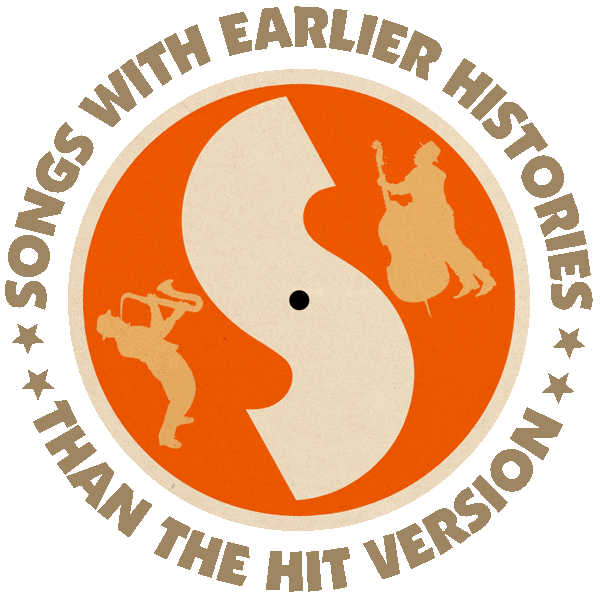First recorded (as “Stille Nacht, Heilige Nacht”) by Trompeter Quartett (1892).
First English-language recording by Edison Male Quartette (1905).
Popular versions by Paul Whiteman & His Orchestra (US #6 1928), Bing Crosby (US #16 1942), The Ravens (R&B #8 1948), Simon & Garfunkel (as “7 O’Clock News/Silent Night”, 1966).
From the wiki: “‘Silent Night’ (German: ‘Stille Nacht, Heilige Nacht’) is a popular Christmas carol, composed in 1818 by Franz Xaver Gruber to lyrics by Joseph Mohr in the small town of Oberndorf bei Salzburg, Austria. It was declared an intangible cultural heritage by UNESCO in March 2011. ‘Stille Nacht’ was first performed on Christmas Eve 1818 at St Nicholas parish church in Oberndorf, a village on the Salzach river. In 1859, the Episcopal priest John Freeman Young, then serving at Trinity Church, New York City, published the English translation that is most frequently sung today.
“The carol has been translated into about 140 languages. It was sung simultaneously in French, English and German by troops during the Christmas truce of 1914 during World War I, as it was one carol that soldiers on both sides of the front line knew.
“The 1928 recording of ‘Silent Night’ by Paul Whiteman & His Orchestra, whose chorale included a young, new vocalist named Bing Crosby, would be the first recording to appear on a US music sales chart.
“Crosby would later record a solo performance of ‘Silent Night’ in 1935, with the Victor Young Orchestra. His 1942 re-recording, with John Trotter & His Orchestra, would chart on the Hit Parade. The Ravens would chart a 1948 on the Billboard Rhythm & Blues chart with their arrangement.
“Perhaps the best-known contemporary recording of ‘Silent Night’ was that done by Simon and Garfunkel in 1966 for their album Parsley, Sage, Rosemary and Thyme (since certified multi-platinum in sales) – a sound collage juxtaposing an angelic rendition of the Christmas carol with a simulated ‘7 O’Clock News’ bulletin, a pointed political commentary of actual events that happened in the US during the summer of 1966.”
Paul Whiteman & His Orchestra, “Silent Night, Holy Night” (1928):
Bing Crosby with the Victor Young Orchestra, “Silent Night” (1935):
Bing Crosby with John Trotter & His Orchestra, “Silent Night” (1942):
The Ravens, “Silent Night” (1948):
Simon & Garfunkel, “7 O’Clock News/Silent Night” (1966):

